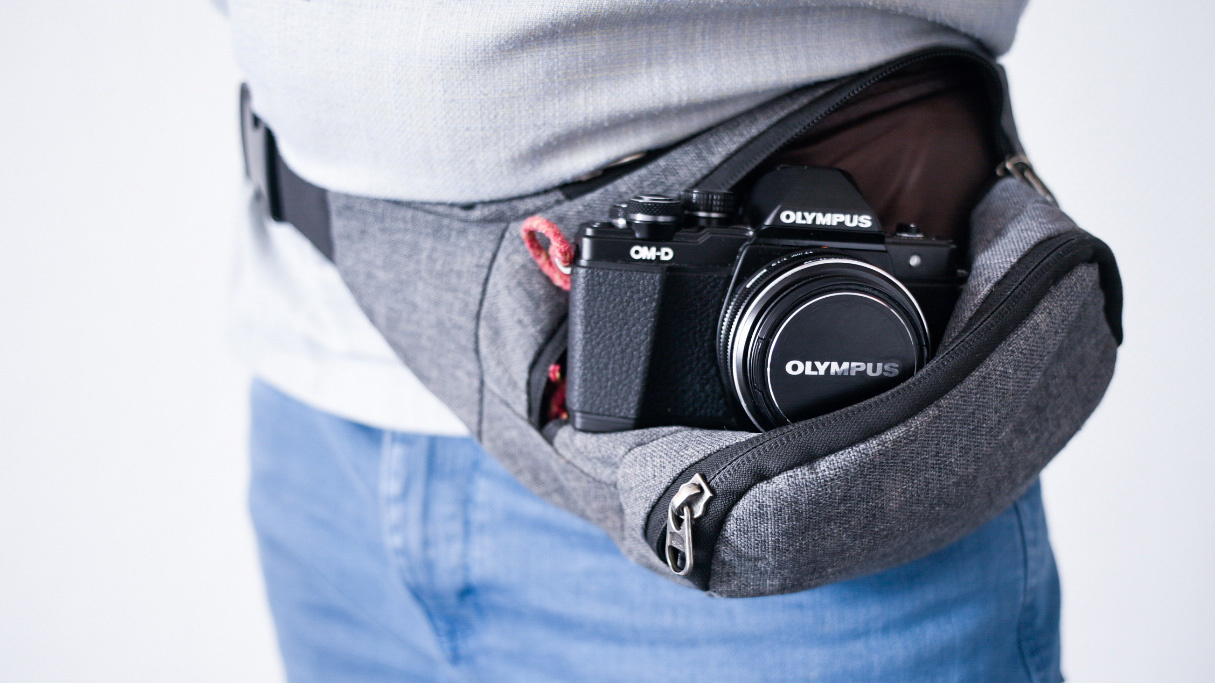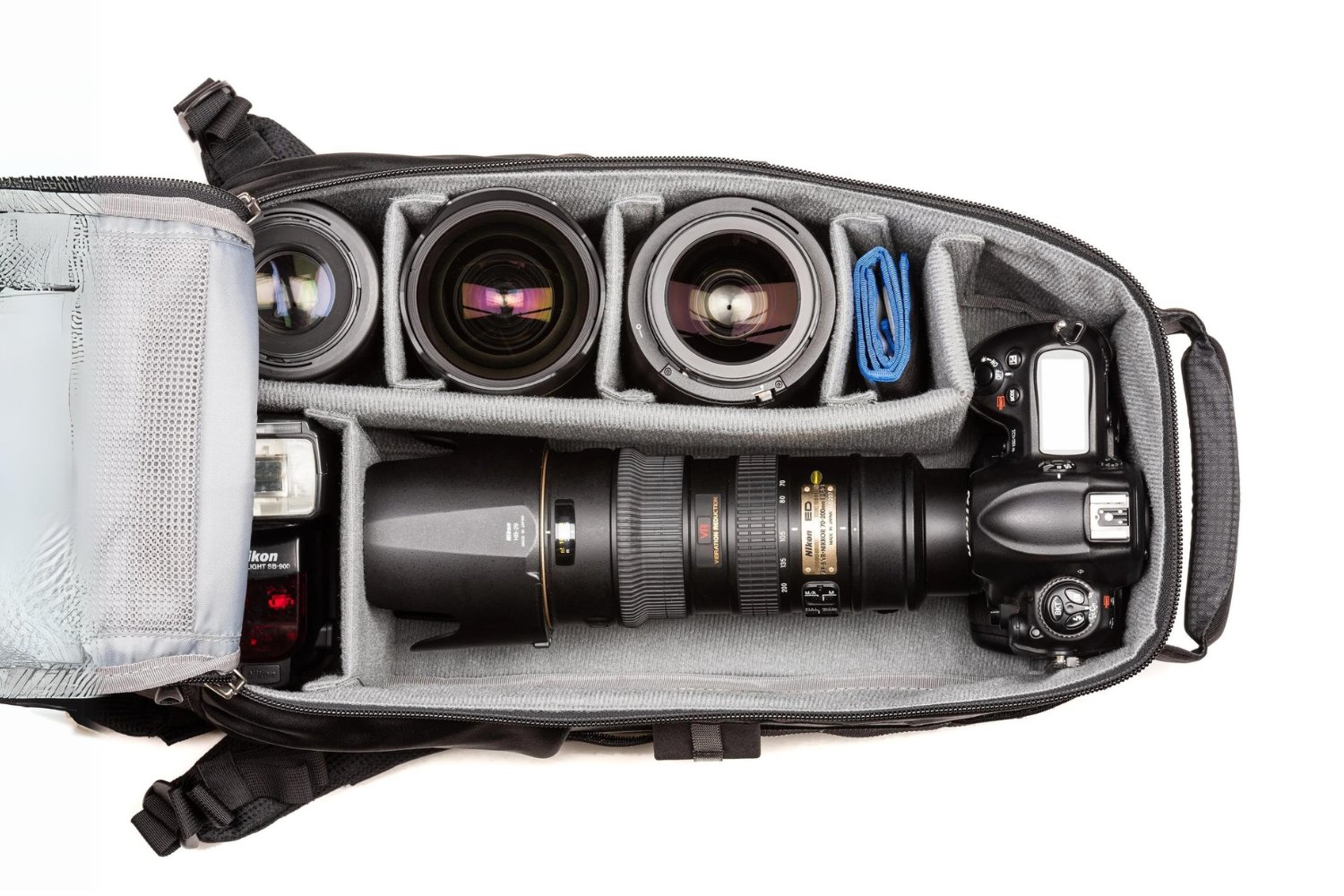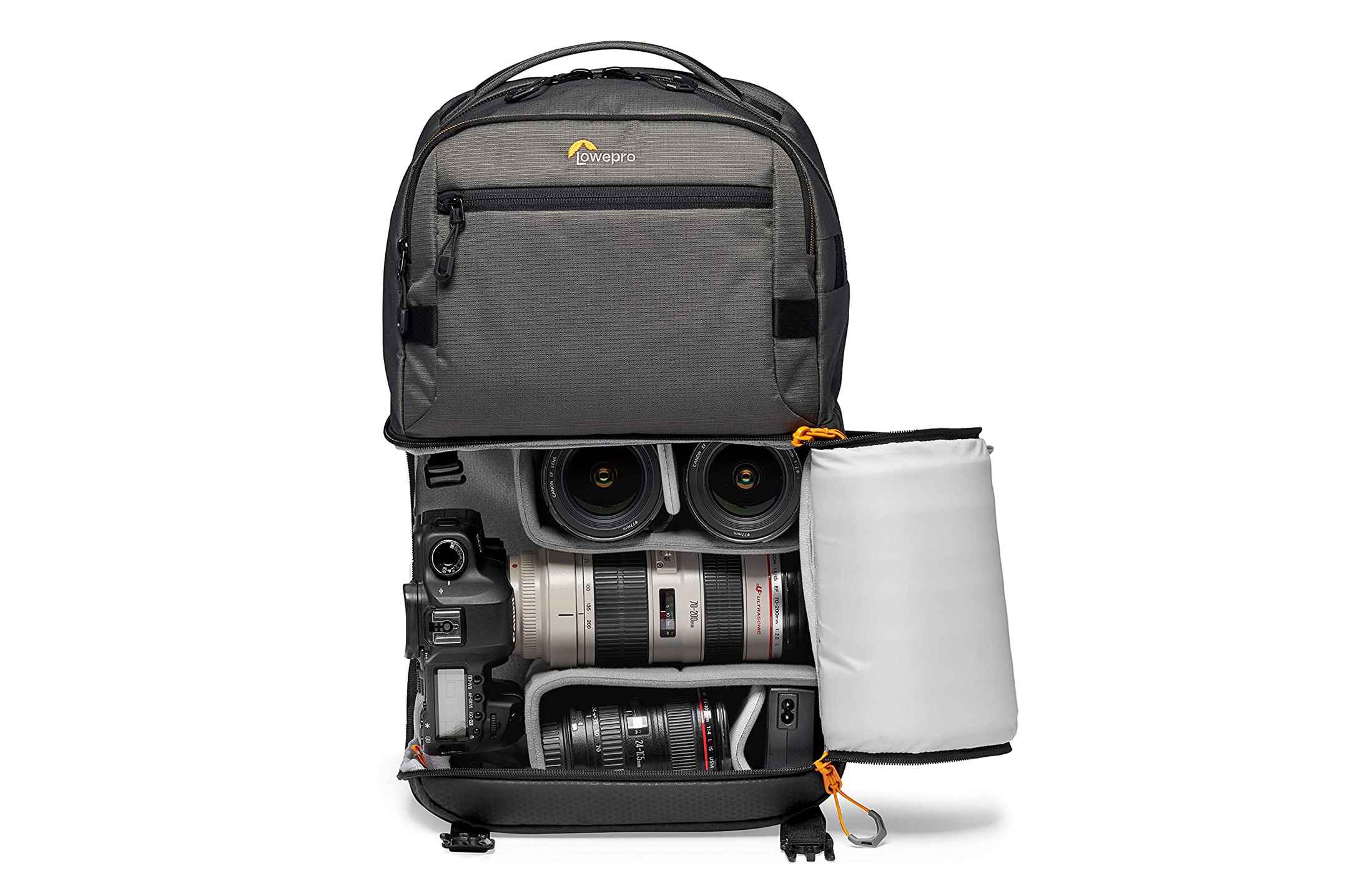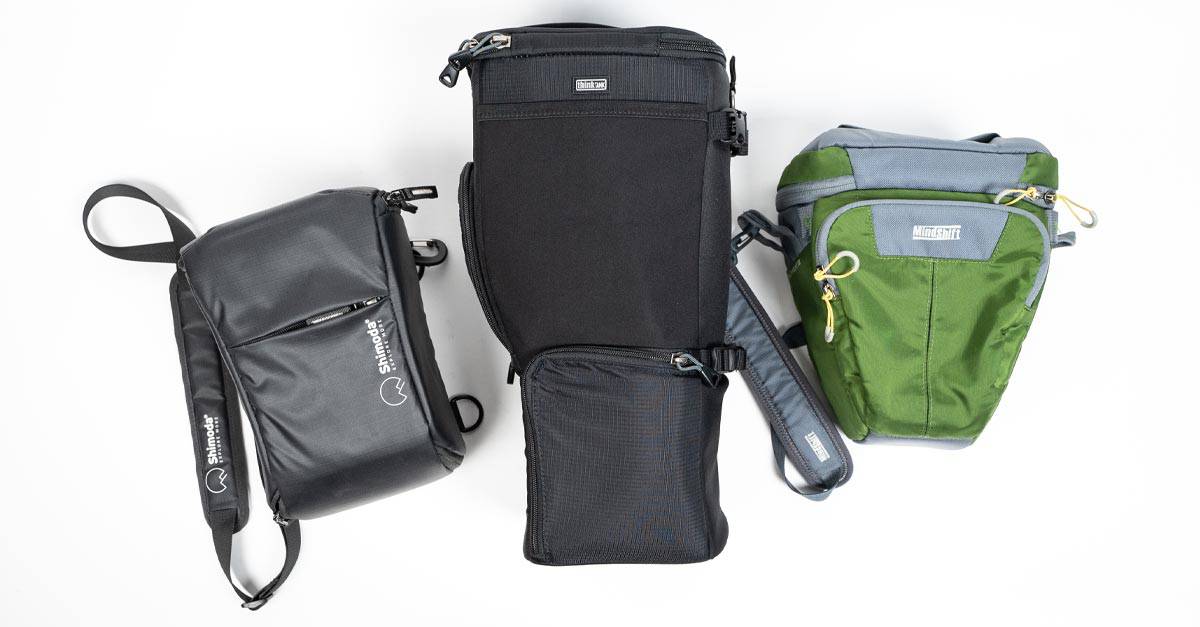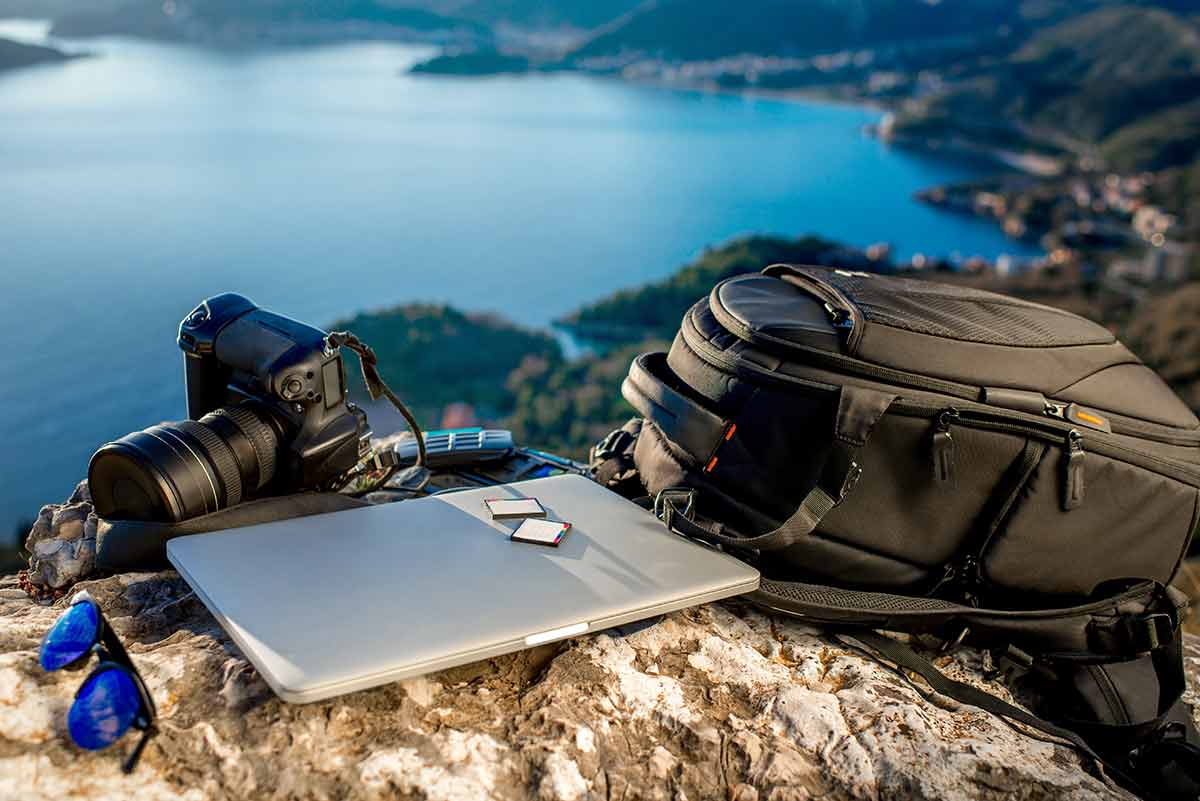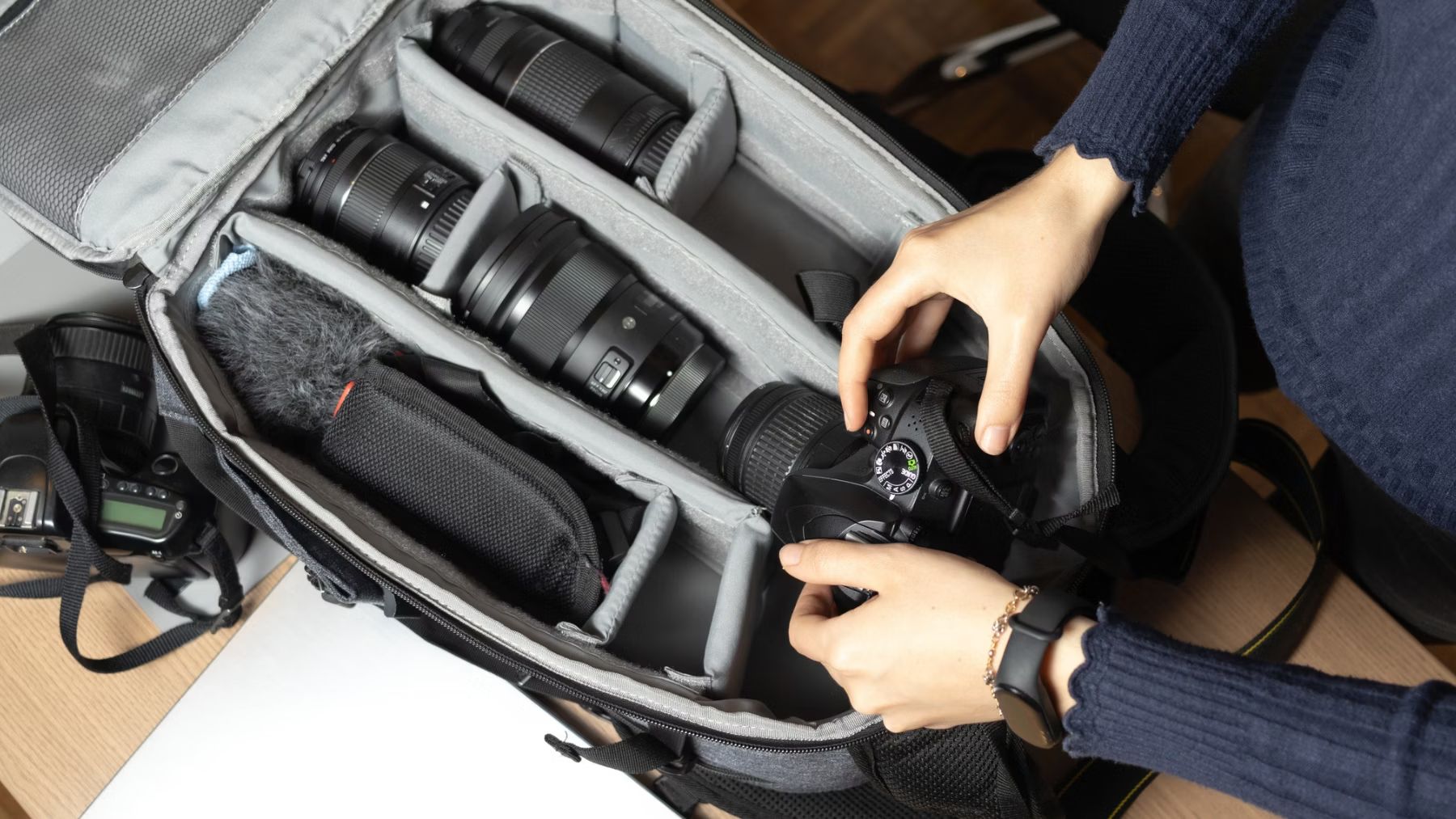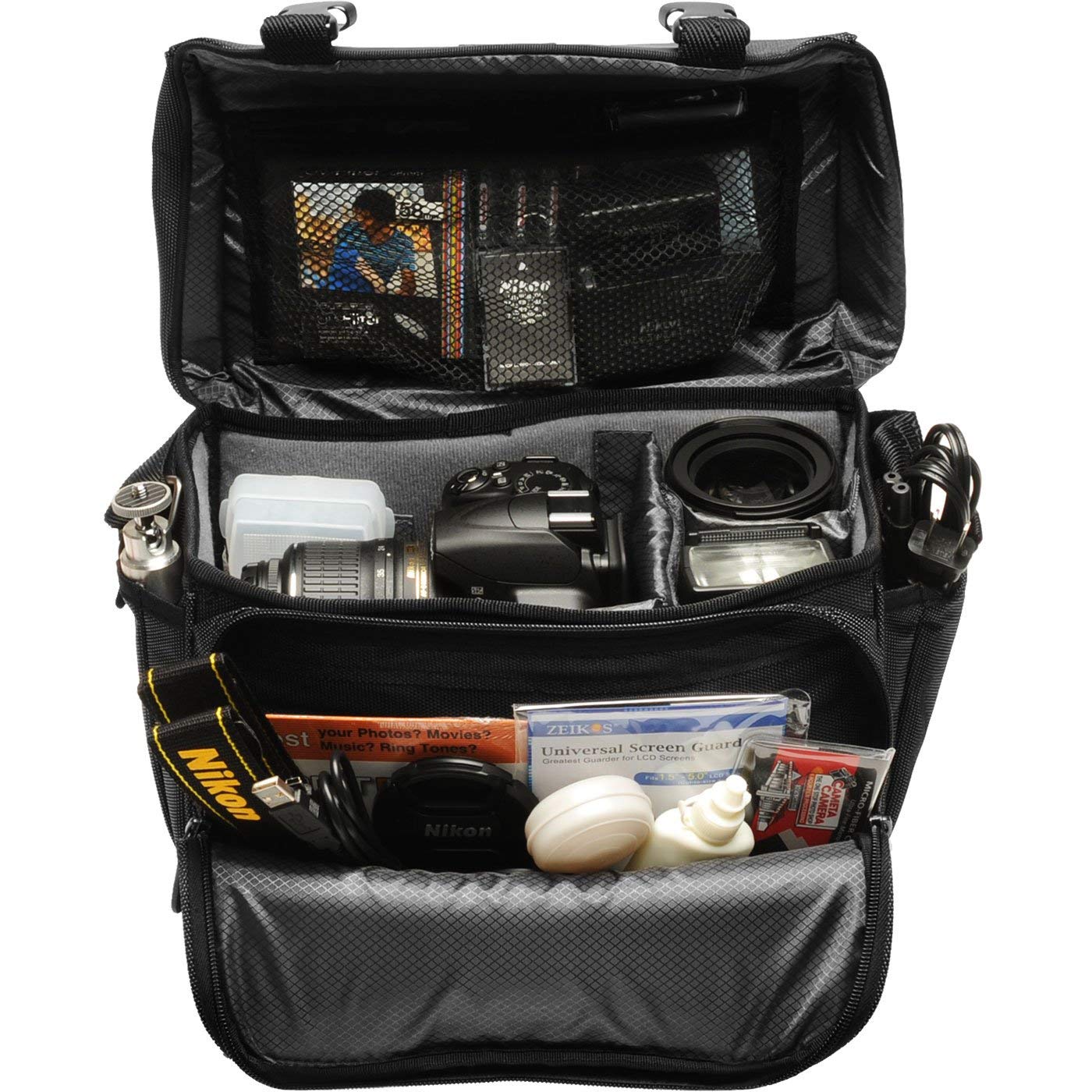Introduction
Introduction
Carrying a large DSLR camera can be both a necessity and a challenge for photographers. Whether you are a professional photographer or an enthusiastic hobbyist, finding the right way to carry your hefty DSLR camera comfortably and securely is essential for a successful photography session. The last thing you want is to be weighed down or hindered by your equipment when you are trying to capture that perfect shot. Fortunately, there are several practical and stylish methods for carrying a large DSLR camera on your person, each with its own unique advantages and considerations. In this article, we will explore various options for carrying a large DSLR camera, from choosing the right camera bag to utilizing camera straps, clips, and harness systems. By the end of this guide, you will have a comprehensive understanding of the different ways to carry your DSLR camera, allowing you to select the method that best suits your needs and shooting style.
Carrying a large DSLR camera can be a rewarding experience when you have the right gear and techniques at your disposal. Let’s delve into the world of camera carrying solutions and discover how you can effortlessly transport your DSLR camera while staying comfortable and ready to capture stunning images.
Choosing the Right Camera Bag
When it comes to carrying a large DSLR camera, selecting the right camera bag is crucial for protecting your valuable equipment and ensuring your comfort during extended photo outings. There are various types of camera bags available, each designed to accommodate different shooting scenarios and personal preferences. Understanding the options will help you make an informed decision when choosing the ideal camera bag for your needs.
Types of Camera Bags:
- Backpacks: These provide ample space for camera bodies, lenses, and accessories while evenly distributing the weight across your back and shoulders. They are ideal for outdoor adventures and long photo expeditions, offering comfort and easy access to your gear.
- Messenger Bags: Designed for quick access and urban environments, messenger bags offer a stylish and convenient way to carry your camera equipment. They typically feature adjustable dividers to organize your gear efficiently.
- Sling Bags: Offering the convenience of quick access and the comfort of a single-shoulder strap, sling bags are popular among photographers who need to rapidly retrieve their equipment while on the move.
- Roller Bags: Ideal for travel and heavy gear, roller bags feature wheels and a retractable handle, allowing you to transport your equipment effortlessly through airports and city streets.
- Camera Inserts: For those who prefer using their own everyday bags, camera inserts provide a customizable and protective solution for organizing and safeguarding camera gear within a regular backpack or tote.
Consider the following factors when choosing a camera bag:
- Capacity: Ensure the bag can accommodate your DSLR camera, lenses, and accessories, with room for future expansions.
- Comfort: Look for padded straps, breathable materials, and ergonomic designs to ensure comfortable wear, especially during extended periods.
- Protection: Opt for a bag with ample padding, adjustable dividers, and weather-resistant materials to safeguard your equipment from impact and environmental elements.
- Accessibility: Evaluate how easily you can access your gear while wearing the bag, as quick and convenient access is essential for capturing spontaneous moments.
By carefully considering your shooting style, travel habits, and equipment requirements, you can select a camera bag that seamlessly integrates into your photography workflow, providing both protection and convenience.
Using a Camera Strap
When it comes to carrying a large DSLR camera, a reliable camera strap is an essential accessory for photographers on the move. A well-designed camera strap not only ensures the safety of your equipment but also contributes to your comfort and mobility during photography sessions. Whether you are exploring urban landscapes, trekking through nature, or attending events, a quality camera strap can make a significant difference in your shooting experience.
Key Features to Consider:
- Comfort: Look for wide, padded straps that distribute the weight of your camera evenly across your shoulder or neck, reducing strain during extended use.
- Adjustability: Choose a strap with adjustable length to customize the positioning of your camera according to your preferred shooting style and body type.
- Security: Opt for a strap with sturdy, secure attachment points and reliable locking mechanisms to keep your camera safely tethered while in use.
- Style: Consider the aesthetic appeal of the strap, as well as any additional features such as quick-release buckles or non-slip materials that enhance both functionality and visual appeal.
Types of Camera Straps:
- Neck Straps: Traditional and versatile, neck straps are worn around the neck and are suitable for general-purpose use, providing easy access to your camera while keeping it securely in reach.
- Sling Straps: Designed to be worn across the body, sling straps offer quick-draw functionality and are ideal for photographers who need rapid access to their camera without sacrificing comfort.
- Wrist Straps: Compact and convenient, wrist straps are perfect for lightweight mirrorless cameras or as a secondary support for larger DSLRs, offering added security during handheld shooting.
Using a camera strap not only ensures the safety of your equipment but also contributes to your comfort and mobility during photography sessions. By selecting a strap that aligns with your shooting preferences and provides the necessary support and security, you can focus on capturing stunning images without worrying about the safety and accessibility of your camera.
Utilizing a Camera Clip System
For photographers seeking a hands-free solution for carrying a large DSLR camera, a camera clip system offers a versatile and convenient way to securely transport their equipment while keeping it easily accessible. Whether you are hiking, traveling, or navigating a bustling urban environment, a camera clip system allows you to keep your camera within arm’s reach, ready to capture fleeting moments without the need for a traditional camera bag or strap.
Advantages of Camera Clip Systems:
- Accessibility: With a camera clip attached to your belt or backpack strap, your camera is readily accessible, allowing you to swiftly grab it and start shooting without fumbling through a bag or adjusting a strap.
- Security: Camera clips feature secure locking mechanisms to hold your camera in place, providing peace of mind while you move through various environments and activities.
- Freedom of Movement: By keeping your camera at your side, a camera clip system allows for unrestricted movement and comfort, making it an excellent choice for active photography pursuits.
- Weight Distribution: The weight of the camera is distributed across your body, reducing strain on your neck and shoulders, particularly during long outings.
Considerations When Choosing a Camera Clip System:
- Compatibility: Ensure that the clip system is compatible with your camera’s mounting point and that it provides a secure and reliable connection.
- Durability: Look for a well-constructed clip system made from robust materials that can withstand the demands of regular use and various environmental conditions.
- Accessibility: Evaluate how easily and quickly you can attach and detach your camera from the clip, as well as the ease of adjusting the system to accommodate different shooting scenarios.
By utilizing a camera clip system, photographers can enjoy the convenience of having their DSLR camera readily accessible while maintaining freedom of movement and comfort. This hands-free approach to carrying a camera is particularly appealing for photographers who prioritize quick access to their equipment and prefer unencumbered mobility during their photography adventures.
Wearing a Camera Harness
When it comes to comfortably carrying a large DSLR camera and multiple lenses, a camera harness can provide an efficient and ergonomic solution for photographers who require easy access to their gear while maintaining freedom of movement. Whether you are photographing events, exploring rugged terrain, or simply prefer a balanced and secure way to transport your equipment, a camera harness distributes the weight of your gear evenly across your body, reducing strain and allowing you to focus on capturing compelling images.
Benefits of Camera Harnesses:
- Weight Distribution: By spreading the weight of your camera and accessories across your shoulders, back, and torso, a camera harness minimizes strain on specific areas of your body, promoting comfort during extended use.
- Accessibility: Camera harnesses typically feature multiple attachment points and quick-release mechanisms, allowing you to retrieve your camera swiftly and securely when the perfect photo opportunity arises.
- Stability: The snug and secure fit of a well-designed harness keeps your camera and lenses in place, minimizing movement and potential damage while you are on the move.
- Modularity: Many camera harness systems offer the flexibility to add pouches, accessory holders, or modular components, enabling you to customize the setup to suit your specific shooting requirements.
Factors to Consider When Selecting a Camera Harness:
- Comfort and Fit: Look for a harness with adjustable straps, breathable padding, and ergonomic design to ensure a comfortable and personalized fit for your body type.
- Quality and Durability: Choose a harness constructed from high-quality materials and reinforced stitching to withstand the demands of regular use and provide long-term reliability.
- Functionality: Evaluate the accessibility of your gear, the ease of adjusting the harness, and any additional features that enhance the overall usability and convenience of the system.
Wearing a camera harness offers photographers a balanced and secure way to carry their DSLR camera and accessories, providing comfort, accessibility, and stability during various photography endeavors. By selecting a well-designed harness that aligns with your shooting style and equipment requirements, you can enjoy the benefits of a hands-free and ergonomic solution for transporting your gear while staying ready to capture stunning images.
Conclusion
Carrying a large DSLR camera can be a seamless and comfortable experience when utilizing the right gear and techniques. From selecting the appropriate camera bag to exploring the benefits of using camera straps, clip systems, and harnesses, photographers have a variety of options to ensure the safe and convenient transport of their valuable equipment.
Choosing the right camera bag is essential for safeguarding your DSLR camera, lenses, and accessories while providing comfort and accessibility during photography outings. Whether you opt for a backpack, messenger bag, sling bag, roller bag, or camera insert, prioritizing capacity, comfort, protection, and accessibility will help you select a bag that seamlessly integrates into your photography workflow.
Utilizing a camera strap offers photographers a versatile and customizable solution for securely carrying their DSLR camera while maintaining comfort and mobility. By selecting a strap that aligns with your shooting preferences and provides the necessary support and security, you can focus on capturing stunning images without worrying about the safety and accessibility of your camera.
For a hands-free and easily accessible approach to carrying a large DSLR camera, a camera clip system provides convenience, security, and freedom of movement. With the camera readily at your side, you can swiftly grab it and start shooting without the need for a traditional camera bag or strap, making it an excellent choice for active photography pursuits.
Wearing a camera harness offers photographers a balanced and secure way to carry their DSLR camera and accessories, providing comfort, accessibility, and stability during various photography endeavors. By selecting a well-designed harness that aligns with your shooting style and equipment requirements, you can enjoy the benefits of a hands-free and ergonomic solution for transporting your gear while staying ready to capture stunning images.
By exploring the diverse methods for carrying a large DSLR camera, photographers can tailor their approach to suit their individual preferences, shooting styles, and environmental demands. Whether embarking on outdoor adventures, navigating urban landscapes, or documenting events, the right carrying solution enhances both the comfort and readiness of photographers, allowing them to focus on their creative vision and capture remarkable images with ease.







